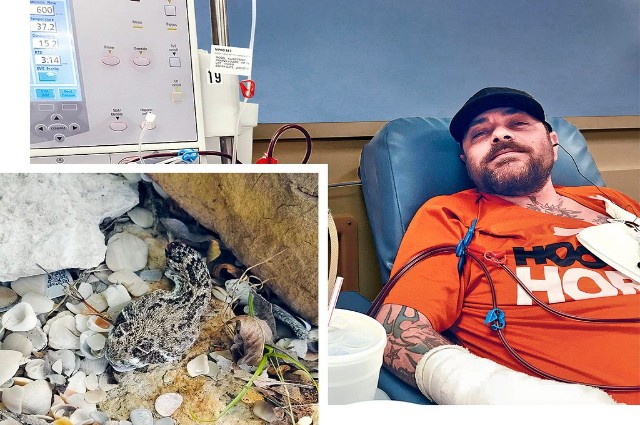Assuming that would be the end of it, Jeremy Sutcliffe decapitated the poisonous rattler threatening his wife, but he was mistaken.
Before this incident, Jeremy was fond of snakes, finding them aesthetically pleasing. He was an adventurous outdoorsman who relished every opportunity to camp and fish. This affection for nature was the reason he and his wife Jennifer, aged 43, had relocated to South Texas from Kansas, where they purchased their dream home on Lake Corpus Christi, a short distance from the Gulf of Mexico.
However, they were presently residing in a trailer on their one-acre property, as the house required extensive renovations. Jeremy boasted of undertaking the gutting himself. On a hot Sunday morning in May 2018, the couple prepared their yard for an evening cookout with their daughter and two young children. At approximately 10:30 a.m., while Jennifer was working on the garden, Jeremy was mowing the lawn when Jennifer noticed a western diamondback rattlesnake near her hand, prompting Jeremy to sever its head.
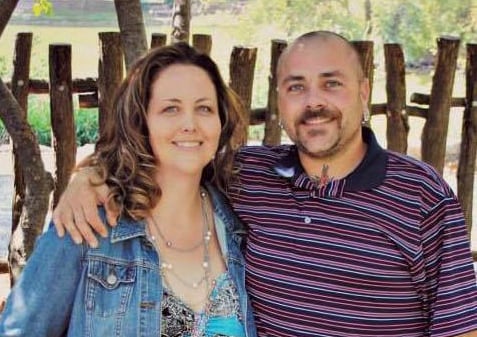
With its dusty triangular head tensed and its tail rattling, the one-meter-long snake rose into a striking position, prompting Jennifer to leap up and yell, “Snake!” as she backed away. Hearing his wife’s cry, Jeremy assumed she had encountered one of the harmless rat snakes that frequently appeared on their property. He grabbed a shovel to scare it off and jogged to the garden, but then he heard the unmistakable sound of rattling. Jennifer was trapped between the wall of the house and some shrubs, and the snake was blocking her path.
At first, Jeremy attempted to use the shovel to scoop up the rattler, but his efforts were futile. He then did what was necessary, raised the garden tool, and brought the edge down forcefully through the snake’s body, just below its head, decapitating it.
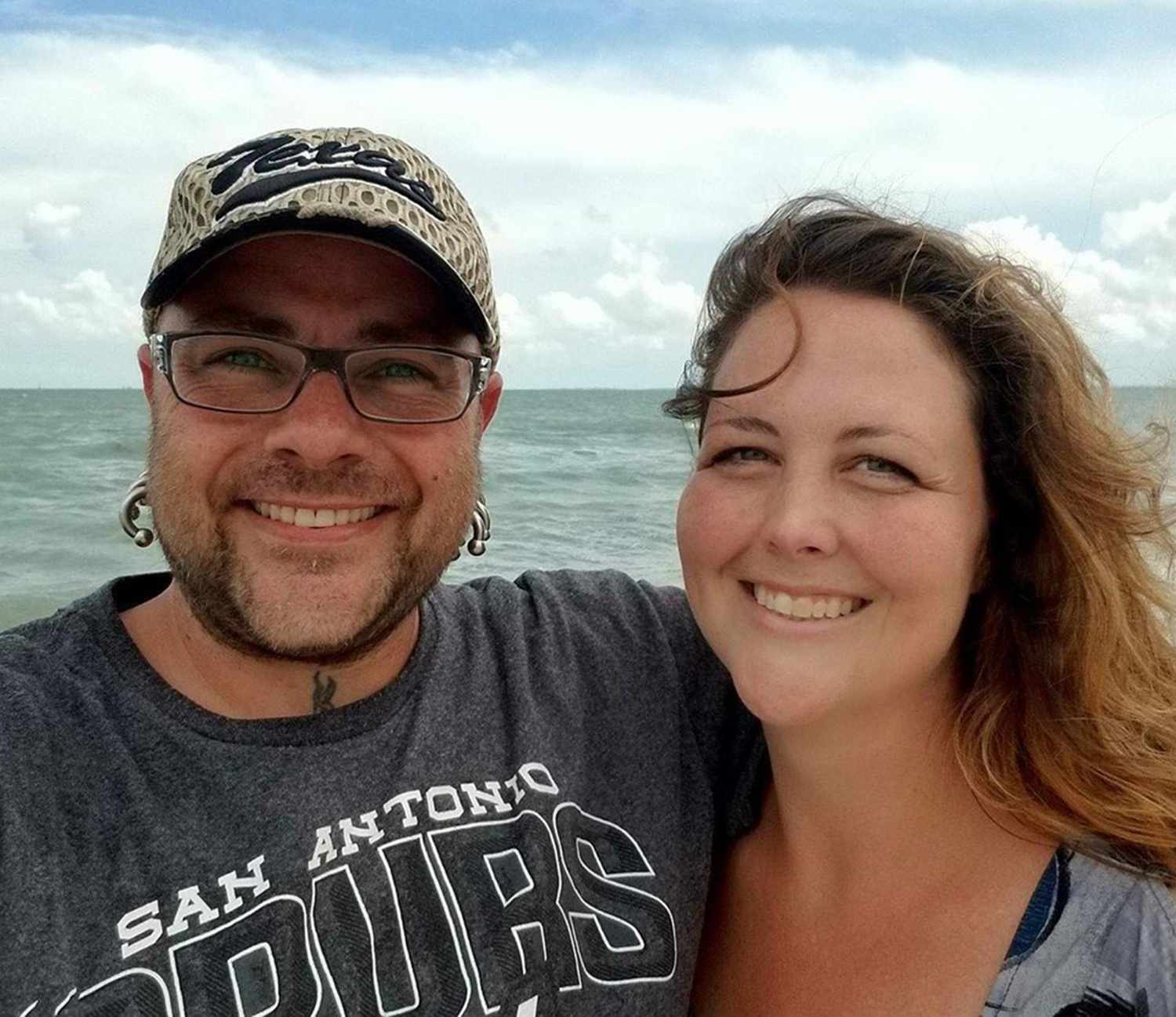
Jennifer hurried into the house, her heart pounding, while Jeremy returned to the garden. About ten minutes later, when Jennifer announced her intention to release their two small dogs, Jeremy decided to dispose of the dead reptile. He observed the lifeless creature lying on the ground, with its head attached to a stub of the body resting on a paving stone.
As he reached down to pick up a stick next to the snake’s head to flick it away, the snake attacked with lightning speed, burying its fangs deep into Jeremy’s right hand down to the bone, injecting venom that made his hand feel like it had been crushed by a massive weight. In horror, he yelled, “It bit me!”
For Jeremy, it was like a scene from a zombie film, where the undead creature enacts a final act of revenge. However, bites from decapitated snakes are not uncommon. They can survive for a longer time, similar to a chicken with its head cut off, as they are cold-blooded reptiles with slow metabolisms.
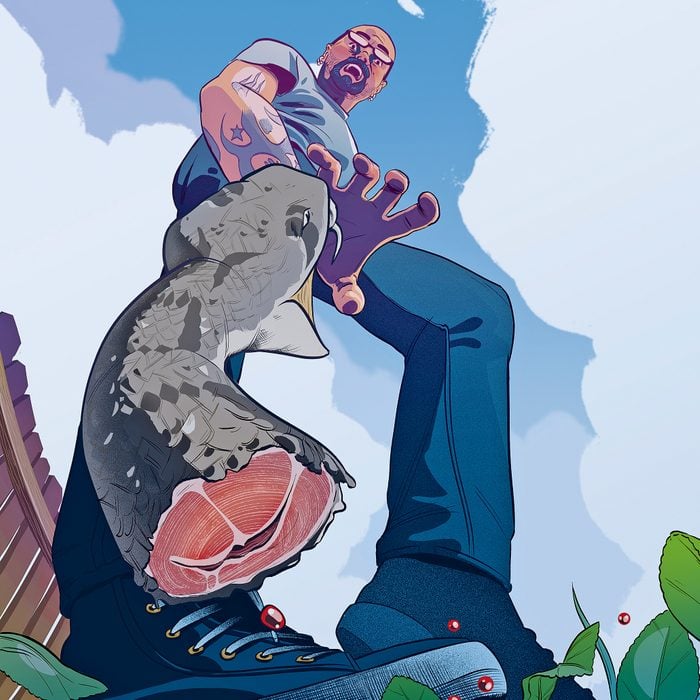
As the snake’s jaws tightened around Jeremy’s hand, his immediate concern was not that the snake was dead, but that it was now trying to kill him. In a desperate attempt to free himself, he inserted his fingers under the snake’s upper jaw, attempting to pry the fangs apart. Although he managed to remove one fang from his middle finger, the snake’s jaw clenched down again and the fang buried itself in his ring finger.
Hearing Jeremy’s cries, Jennifer rushed to his aid. As a trained nurse, she recognized the danger he was in and immediately knew that he needed medical attention. She ran back to the trailer to get the car keys, while Jeremy continued to struggle with the snake’s head. Finally, he managed to free himself by pulling the fangs loose and flinging the viper away.
Jennifer ordered her husband to get in the car and quickly dialed 911. She knew that they were at least half an hour away from the nearest hospital and had no idea which medical center in the area carried anti-venom. Nevertheless, she remained calm and collected, acting quickly to ensure that her husband received the medical attention he needed.
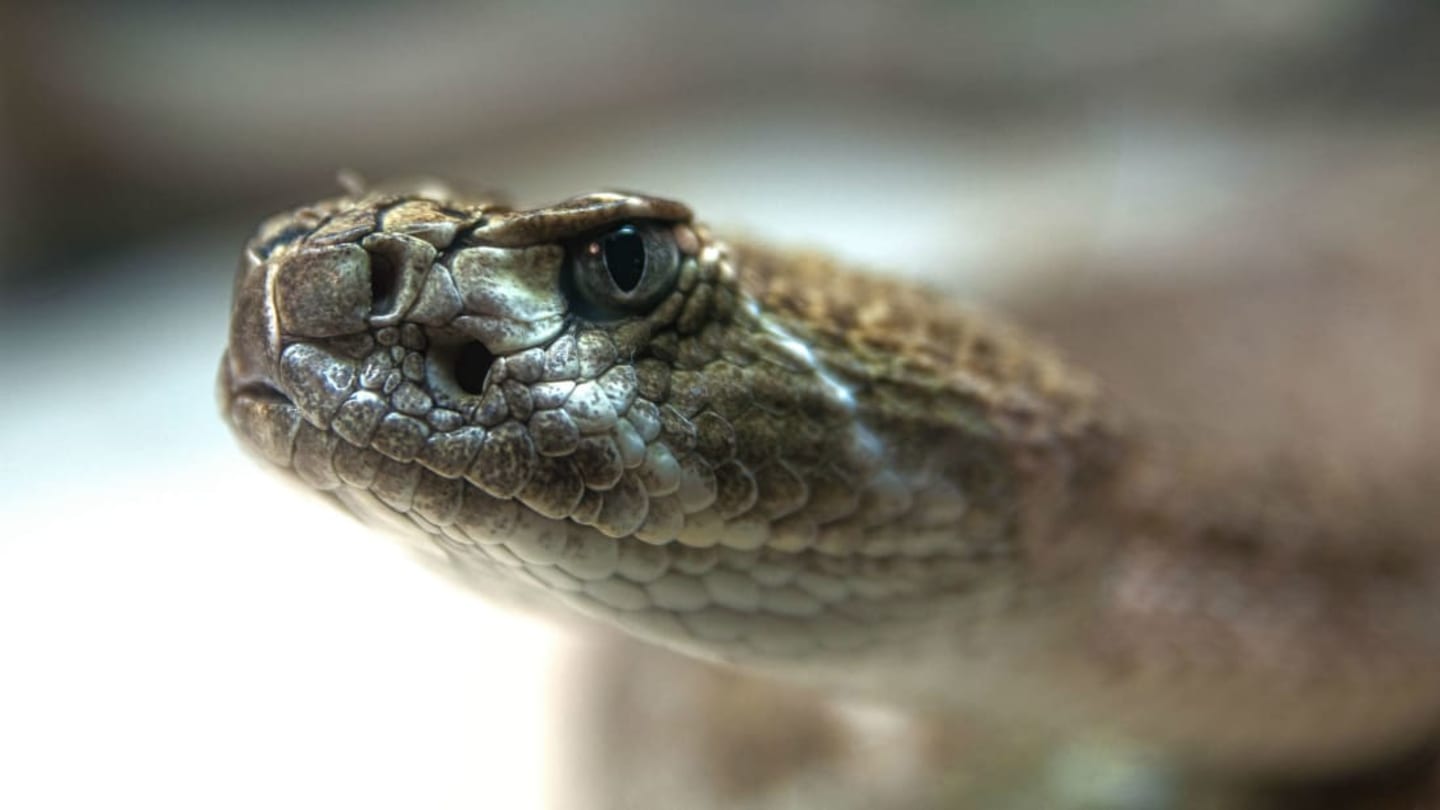
Jennifer had always been known for her ability to perform under pressure. As a nurse consultant in Texas, she was often called upon to handle life-and-death situations, relying on her quick thinking and competence to save lives.
She and Jeremy had been together since they met in 1993, working at a nursing home as students. They were married a few years later and had a son and a daughter. Jeremy was a handyman who worked as an installer for heating and air conditioning and was always willing to lend a helping hand to his neighbors.
At the age of 34, in 2011, Jeremy was diagnosed with Guillain-Barré syndrome, a rare autoimmune disorder that attacks healthy nerve cells. The disease left him weak and fatigued, limiting his ability to work for more than a few hours a day. Despite the challenges, the couple persisted together. When they acquired their house in Corpus Christi, it seemed like the perfect setup. Jennifer could work while Jeremy slowly built their dream home.
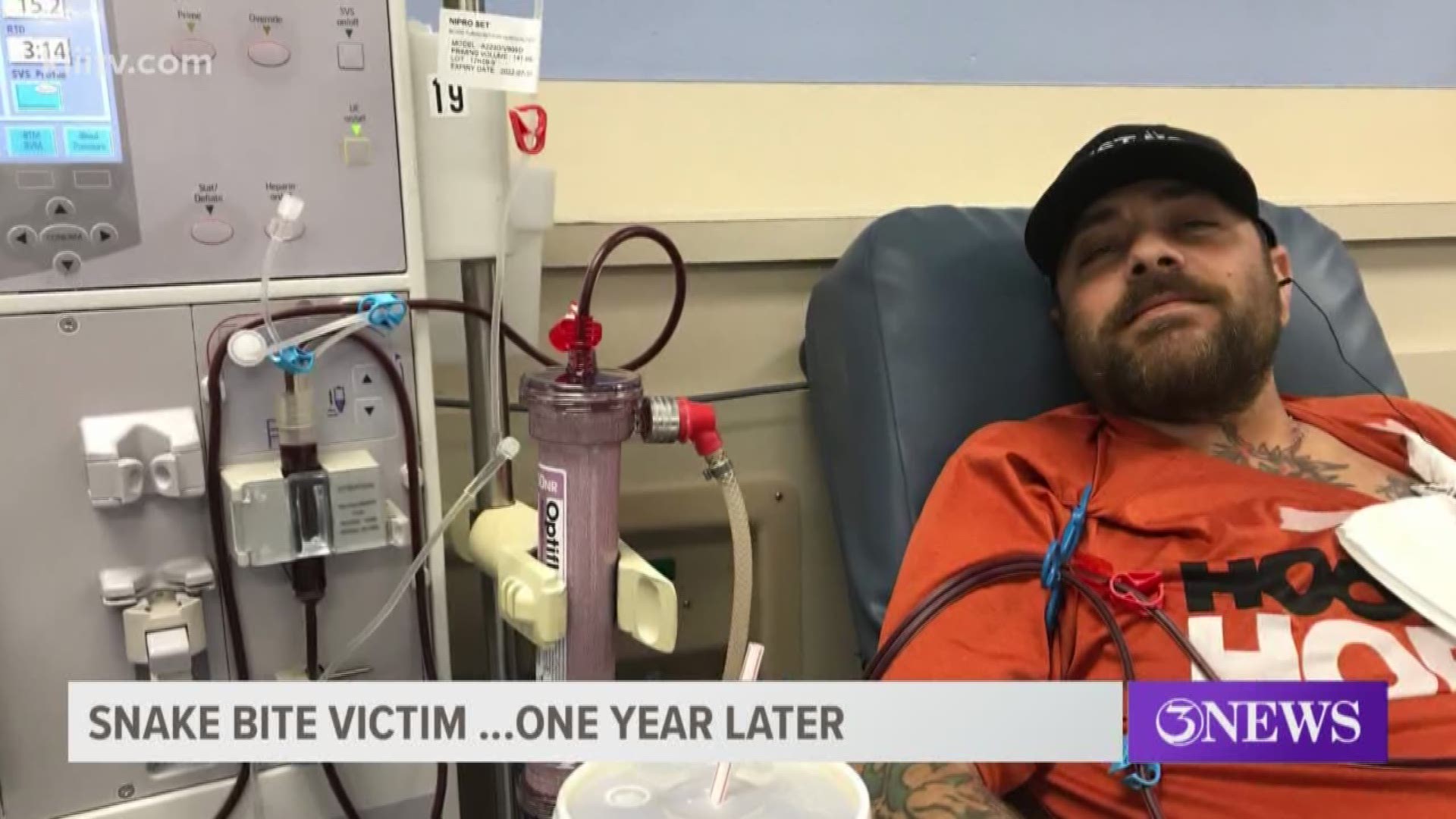
However, as Jennifer raced down the highway, she could feel their ideal life slipping away. The 911 dispatcher instructed her to drive to a designated spot where an ambulance would meet them and transport Jeremy to the nearest hospital. Despite only a few minutes passing since the snake bite, Jeremy was already experiencing the venom’s effects on his body. He complained of blackness in his vision and lost consciousness, alarming Jennifer. While she shook her husband with one hand, she kept the other on the steering wheel, racing towards help.
Jeremy’s condition continued to worsen, with him alternating between babbling incoherently and losing consciousness, before eventually having a seizure. The paramedics arrived after what felt like an eternity, transferring him to the ambulance and speeding down the highway, with Jennifer following closely behind. However, they stopped at an abandoned building, telling Jennifer that her husband was in critical condition, and his blood pressure had dropped significantly. They feared he would not make it to the hospital.
The paramedics decided to call for a helicopter, which arrived shortly and airlifted Jeremy to another emergency room ten minutes away. Rattlesnake venom is a potent mixture of enzymes and proteins that acts as a potent anticoagulant, destroying skin tissue, blood cells, and causing internal bleeding. When a snake bites, it can control the amount of venom injected, often opting for a light defensive strike to deter threats.
The snake that bit Jeremy had nothing to lose as it was decapitated, so it emptied its venom glands into his hand. Jennifer arrived at the emergency department of Christus Spohn Hospital Corpus Christi-Shoreline about an hour and 15 minutes after her husband, only to witness a chaotic scene. Six or seven doctors were frantically working on Jeremy, trying to increase his blood pressure. Within two hours of being bitten, his right hand had swelled to an enormous size, and his forearm was turning red.
Jennifer observed with her trained nurse’s eyes as the doctors administered numerous treatments, including cryoprecipitate and vitamin K to clot the blood, and multiple doses of anti-venom. Typically, snakebite victims receive two to four doses of anti-venom, but Jeremy received a total of 26.
Jennifer knew how to administer fluids to a patient quickly by increasing the flow, but the doctors here used an inflatable sleeve that they pumped up like a blood-pressure cuff, squeezing fluid into Jeremy’s body as fast as possible. She had never seen anything like it and was terrified.
After five hours of treatment, the doctors made a decision at 5 p.m. Jeremy’s organs were failing, and they needed to induce a coma and put him on a ventilator. Jennifer agreed, feeling numb.
Around 3 a.m., one of the doctors informed her that her husband’s condition was critical. His blood pressure was dangerously low, and his mean arterial pressure (MAP) was below the target of 65. Despite using the maximum dosage of four medications to increase his blood pressure, his MAP remained stubbornly below 60. The doctor told Jennifer that there was nothing else they could do, and Jeremy might not survive the night.
Jennifer’s heart sank, and she realized the gravity of the situation. She went to her husband’s bedside, grasped his hand, and urged him to fight.
“You find that venom and push it out of your body,” she demanded. “You can’t die.”
For the next 30 minutes, Jennifer stayed by Jeremy’s side in the ICU, fixated on the monitor displaying his vital signs. To her amazement, his blood pressure slowly began to rise, first to 65, then to 70. The doctors started to wean him off the medications, and his blood pressure remained stable. By sunrise the next day, the worst was behind them.
On May 31, five days after the near-fatal snakebite, Jeremy awoke from his coma in an unfamiliar hospital room, disoriented and swollen with over 20 kilograms of water weight. He was in excruciating pain all over his body, with gallstones, kidney stones, and abdominal pain from the venom and anti-venom. He needed dialysis due to severe kidney damage. The medical expenses were mounting, and the couple started a GoFundMe campaign to cover the costs. The doctors attempted skin grafts on Jeremy’s damaged right hand, but ultimately, his ring and middle fingers had to be amputated.
However, Jeremy remained positive. His kidneys gradually improved, and he was taken off dialysis after a month. He saw the loss of his fingers as a small price to pay for regaining his health. The experience gave him a new perspective on life, making him realize how important his family truly was to him.
He had a lot of regrets, such as missing his children’s events and neglecting Jennifer while working on a neighbour’s house. The incident changed him profoundly. “The things that used to matter don’t feel like they matter as much,” he reflected.
After being discharged from the hospital in late June, the couple returned to their dream home. In July, they hosted a long-awaited cookout with family and friends, savoring every moment of their paradise in the warm Texas air. They knew that no snake could take away their happiness.
